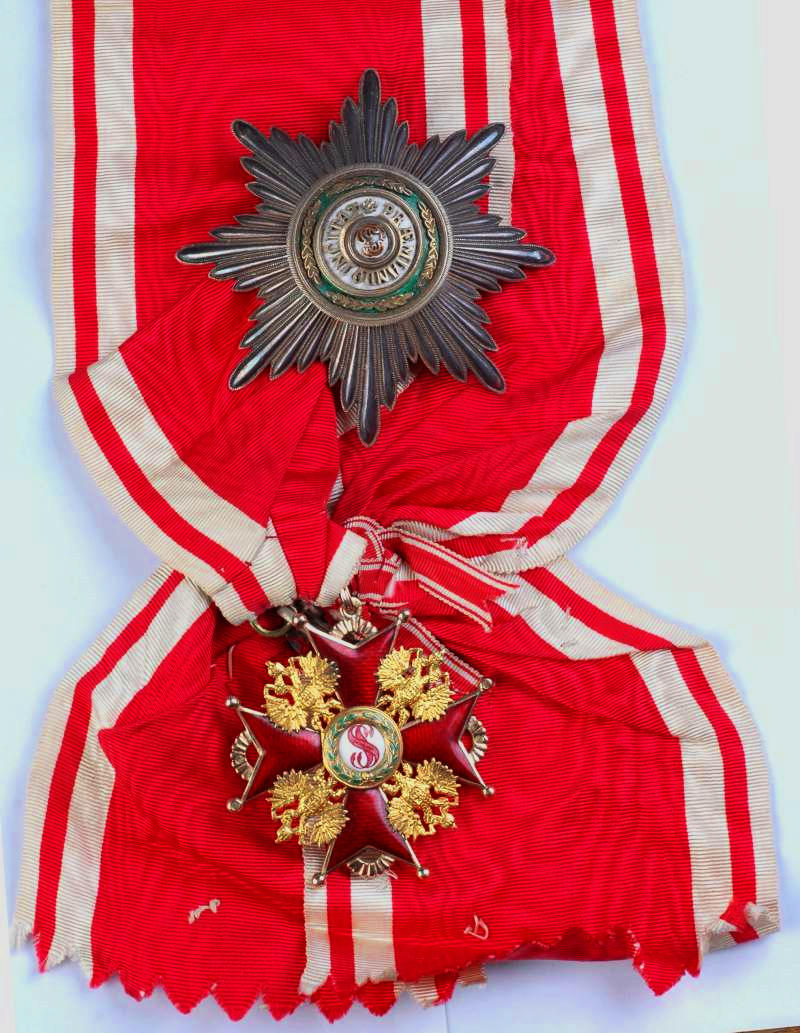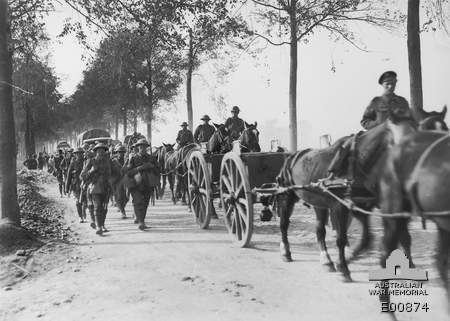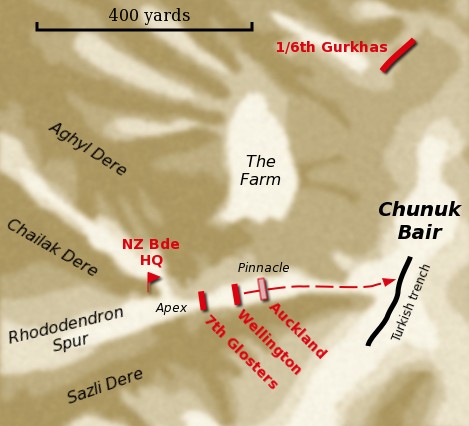|
William Cunningham (lawyer)
Major General Sir William Henry Cunningham (24 September 1883 – 20 April 1959) was an officer in the New Zealand Military Forces who served during the First and Second World Wars. Cunningham joined the New Zealand Expeditionary Force following the outbreak of the First World War. He participated in the Gallipoli campaign and served on the Western Front. An experienced soldier in the Territorial Force, after the war he held a series of senior command positions while working as a solicitor. During the Second World War he commanded what would become the Pacific Section of the 2nd New Zealand Expeditionary Force, which was responsible for the defence of Fiji, until he was discharged from the military after becoming ill. He was prominent in the legal profession, working as a crown prosecutor in Wellington both before and after the Second World War and also served a term as the President of the New Zealand Law Society. Knighted for his work in the law, he died in 1959. Early life ... [...More Info...] [...Related Items...] OR: [Wikipedia] [Google] [Baidu] |
Wellington
Wellington is the capital city of New Zealand. It is located at the south-western tip of the North Island, between Cook Strait and the Remutaka Range. Wellington is the third-largest city in New Zealand (second largest in the North Island), and is the administrative centre of the Wellington Region. It is the world's southernmost capital of a sovereign state. Wellington features a temperate maritime climate, and is the world's windiest city by average wind speed. Māori oral tradition tells that Kupe discovered and explored the region in about the 10th century. The area was initially settled by Māori iwi such as Rangitāne and Muaūpoko. The disruptions of the Musket Wars led to them being overwhelmed by northern iwi such as Te Āti Awa by the early 19th century. Wellington's current form was originally designed by Captain William Mein Smith, the first Surveyor General for Edward Wakefield's New Zealand Company, in 1840. Smith's plan included a series of inter ... [...More Info...] [...Related Items...] OR: [Wikipedia] [Google] [Baidu] |
Wellington, New Zealand
Wellington is Capital of New Zealand, the capital city of New Zealand. It is located at the south-western tip of the North Island, between Cook Strait and the Remutaka Range. Wellington is the List of cities in New Zealand, third-largest city in New Zealand (second largest in the North Island), and is the administrative centre of the Wellington Region. It is the List of national capitals by latitude, world's southernmost capital of a sovereign state. Wellington features a temperate maritime climate, and is the world's windiest city by average wind speed. Māori oral tradition tells that Kupe discovered and explored the region in about the 10th century. The area was initially settled by Māori people, Māori iwi such as Rangitāne and Muaūpoko. The disruptions of the Musket Wars led to them being overwhelmed by northern iwi such as Te Āti Awa by the early 19th century. Wellington's current form was originally designed by Captain William Mein Smith, the first Surveyor General ... [...More Info...] [...Related Items...] OR: [Wikipedia] [Google] [Baidu] |
Charles Bathurst, 1st Viscount Bledisloe
Charles Bathurst, 1st Viscount Bledisloe, (21 September 1867 – 3 July 1958) was a British Conservative politician and colonial governor. He was Governor-General of New Zealand from 1930 to 1935. Early life Bathurst was born in London, the second son of Charles Bathurst, of Lydney Park, Gloucestershire, and Mary Elizabeth, daughter of Colonel Thomas Hay by Georgette Arnaud. He was educated at Sherborne School, Eton College and then University College, Oxford, where he graduated with a law degree in 1890. He then studied law and was admitted to the Inner Temple in 1892, when he gained a Master of Arts from Oxford. He was also called to the bar. He inherited Lydney Park on the death of his elder brother. Member of Parliament and the First World War Bathurst worked as a barrister and conveyancer. In 1910 he entered parliament representing the Conservative Party as MP for the South or Wilton division of Wiltshire. He served as Parliamentary Secretary to the Ministry of Food. ... [...More Info...] [...Related Items...] OR: [Wikipedia] [Google] [Baidu] |
Governor-General Of New Zealand
The governor-general of New Zealand () is the representative of the monarch of New Zealand, currently King Charles III. As the King is concurrently the monarch of 14 other Commonwealth realms and lives in the United Kingdom, he, on the Advice (constitutional), advice of his New Zealand prime minister, appoints a governor-general to carry out his constitutional and ceremonial duties within New Zealand. Governors-general typically serve a five-year term of office, subject to a possible short extension, though they formally serve "At His Majesty's pleasure, at the monarch's pleasure". The incumbent governor-general is Dame Cindy Kiro, since 21 October 2021. Administrative support for the governor-general is provided by the Department of the Prime Minister and Cabinet (New Zealand), Department of the Prime Minister and Cabinet. Constitutional functions include presiding over the Executive Council of New Zealand, Executive Council, appointing Ministers in the New Zealand Government ... [...More Info...] [...Related Items...] OR: [Wikipedia] [Google] [Baidu] |
Colonel
Colonel ( ; abbreviated as Col., Col, or COL) is a senior military Officer (armed forces), officer rank used in many countries. It is also used in some police forces and paramilitary organizations. In the 17th, 18th, and 19th centuries, a colonel was typically in charge of a regiment in an army. Modern usage varies greatly, and in some cases, the term is used as an Colonel (title), honorific title that may have no direct relationship to military. In some smaller military forces, such as those of Monaco or the Holy See, Vatican, colonel is the highest Military rank, rank. Equivalent naval ranks may be called Captain (naval), captain or ship-of-the-line captain. In the Commonwealth of Nations, Commonwealth's air force ranking system, the equivalent rank is group captain. History and origins By the end of the late medieval period, a group of "companies" was referred to as a "column" of an army. According to Raymond Oliver, , the Spanish began explicitly reorganizing part of thei ... [...More Info...] [...Related Items...] OR: [Wikipedia] [Google] [Baidu] |
Order Of Saint Stanislaus (Imperial House Of Romanov)
The Imperial Order of Saint Stanislaus (; ), also spelled Stanislas or Stanislav, is a Russian dynastic order of knighthood founded as '' Order of the Knights of Saint Stanislaus, Bishop and Martyr'' in 1765 by King Stanisław II Augustus of the Polish–Lithuanian Commonwealth. In 1831 after the downfall of the November Uprising, the order was incorporated into the Chapter of Russian Orders as part of the honours system of the Russian Empire by Emperor Nicholas I of Russia. In 1839, the Russian Order of Saint Stanislaus received new statutes, including granting status of nobility on its recipients in all three classes. As a result of the Russian Revolution 1917, activities were suspended by the Soviet Union, although it has since been awarded by the head of the Imperial House of Romanov as a dynastic order. When in 1918 Poland regained its independence as the Second Polish Republic, a Polish order was introduced as a successor to the Polish Order of Saint Stanislaus, the Order ... [...More Info...] [...Related Items...] OR: [Wikipedia] [Google] [Baidu] |
Battle Of Flers–Courcelette
The Battle of Flers–Courcelette (, 15 to 22 September 1916) was fought during the Battle of the Somme in France, by the French Sixth Army and the British Fourth Army and Reserve Army, against the German 1st Army, during the First World War. The Anglo-French attack of 15 September began the third period of the Battle of the Somme but by its conclusion on 22 September, the strategic objective of a decisive victory had not been achieved. The infliction of many casualties on the German front divisions and the capture of the villages of Courcelette, Martinpuich and Flers had been a considerable tactical victory. The German defensive success on the British right flank made exploitation and the use of cavalry impossible. Tanks were used in battle for the first time; the Canadian Corps and the New Zealand Division fought their first engagements on the Somme. On 16 September, , a specialist fighter squadron, began operations with five new Albatros D.I fighters, which had a perf ... [...More Info...] [...Related Items...] OR: [Wikipedia] [Google] [Baidu] |
German Spring Offensive
The German spring offensive, also known as ''Kaiserschlacht'' ("Kaiser's Battle") or the Ludendorff offensive, was a series of German Empire, German attacks along the Western Front (World War I), Western Front during the World War I, First World War, beginning on 21 March 1918. Following American entry into World War I, American entry into the war in April 1917, the Germans decided that their only remaining chance of victory was to defeat the Allies of World War I, Allies before the United States could ship soldiers across the Atlantic and fully deploy its resources. The Imperial German Army, German Army had gained a temporary advantage in numbers as nearly 50 Division (military), divisions had been freed by the Russian defeat and withdrawal from the war with the Treaty of Brest-Litovsk. There were four German offensives, codenamed ''Operation Michael, Michael'', ''Operation Georgette, Georgette'', ''Gneisenau'', and ''Blücher-Yorck''. ''Michael'' was the main attack, which wa ... [...More Info...] [...Related Items...] OR: [Wikipedia] [Google] [Baidu] |
2nd Infantry Brigade (New Zealand)
The 2nd Infantry Brigade was a formation of the New Zealand Military Forces raised for service abroad with the New Zealand Expeditionary Force during the First World War. As part of the New Zealand Division, it participated in several major battles on the Western Front from 1916 to 1918 before being disbanded in 1919. There was also a 2nd Infantry Brigade in the New Zealand Territorial Force that existed from 1924 to 1964. History First World War It was formed in Egypt in 1916 for service with the New Zealand Division on the Western Front. Its original commander was Brigadier General William Garnett Braithwaite, a British Army officer on secondment to the New Zealand Military Forces. Upon formation, the brigade consisted of four infantry battalions: the 2nd Battalion, Auckland Regiment; the 2nd Battalion, Wellington Regiment; the 2nd Battalion, Canterbury Regiment; and the 2nd Battalion, Otago Regiment. This was later changed, though, when several battalions were swapped bet ... [...More Info...] [...Related Items...] OR: [Wikipedia] [Google] [Baidu] |
New Zealand Division
The New Zealand Division was an infantry division of the New Zealand Expeditionary Force raised for service in the First World War. It was formed in Egypt in early 1916 when the New Zealand and Australian Division was renamed after the detachment of its Australian personnel left the New Zealand Infantry Brigade, together with reinforcements from New Zealand, as the basis of the division. It was commanded by Major General Andrew Hamilton Russell for the duration of the war. The division saw service on the Western Front in France and Belgium, fighting in major battles at the Somme, Messines and Broodseinde Ridge throughout 1916 and 1917. All were notable successes for the New Zealanders but the division suffered a serious defeat at Passchendaele on 12 October 1917, its most costly day of the war. In early 1918, the division helped blunt the German spring offensive at the Somme, before the Allies went on the offensive in August. During the Hundred Days' Offensive that follow ... [...More Info...] [...Related Items...] OR: [Wikipedia] [Google] [Baidu] |
Mentioned In Despatches
To be mentioned in dispatches (or despatches) describes a member of the armed forces whose name appears in an official report written by a superior officer and sent to the high command, in which their gallant or meritorious action in the face of the enemy is described. In some countries, a service member's name must be mentioned in dispatches as a condition for receiving certain decorations. Being mentioned in dispatches entitles a recipient to wear a small metallic device, but does not include an entitlement to post-nominals. United Kingdom, British Empire and Commonwealth of Nations United Kingdom Servicemen and women of the United Kingdom or the Commonwealth who are mentioned in despatches are not awarded a medal for their actions, but receive a certificate and wear an oak leaf device on the ribbon of the appropriate campaign medal. A smaller version of the oak leaf device is attached to the ribbon when worn alone. Prior to 2014, only one device could be worn on a ribb ... [...More Info...] [...Related Items...] OR: [Wikipedia] [Google] [Baidu] |
Battle Of Chunuk Bair
The Battle of Chunuk Bair () was a World War I battle fought between the Ottoman defenders and troops of the British Empire over control of the peak in August 1915. The capture of Chunuk Bair, ( Basin Slope, now ''Conk Bayırı''), the secondary peak of the Sari Bair range, was one of the two objectives of the Battle of Sari Bair. British units that reached the summit of Chunuk Bair early on 8 August 1915 to engage the Turks were the Wellington Battalion of the New Zealand and Australian Division, 7th (Service) Battalion, Gloucestershire Regiment; and 8th (Service) Battalion, Welch Regiment, both of the 13th (Western) Division. The troops were reinforced in the afternoon by two squads of the Auckland Mounted Rifles Regiment, also part of the New Zealand and Australian Division. The first troops on the summit were severely depleted by Ottoman return fire and were relieved at 10:30pm on 8 August by the Otago Battalion (NZ), and the Wellington Mounted Rifles Regiment, New Ze ... [...More Info...] [...Related Items...] OR: [Wikipedia] [Google] [Baidu] |








